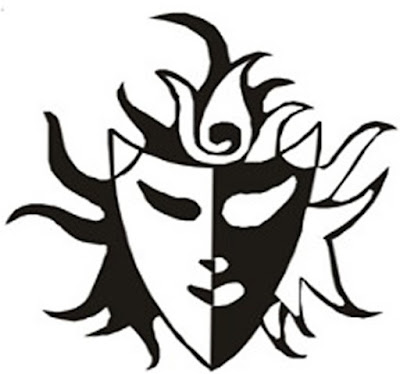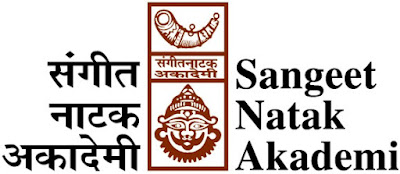DAMAN DIU AND DADRA NAGAR HAVELI TOURISM

DAMAN DIU AND DADRA NAGAR HAVELI TOURISM The light blue emblem of Daman Diu and Dadra Nagar Haveli Tourism (DDDNHP) is a panel with a border made up by the motifs of the traditional mask, a pair of local flowers, vegetables, fish, deer, snails, swans, anchors lions and cannons and flowing waters and a church. The panel holds the name of the tourism establishment and at the bottom its tagline ‘Small is Big’ is written. The motifs which form the shape and border represent what is available in the State’s geography and a tourist attraction. The emblem is innovative, representative and attractive. The colour light blue represents the blue waters and tranquillity, peace, health, healing, acceptance, truth, serenity, trustworthiness, reliability, wisdom, creativity, spirituality and softness.



